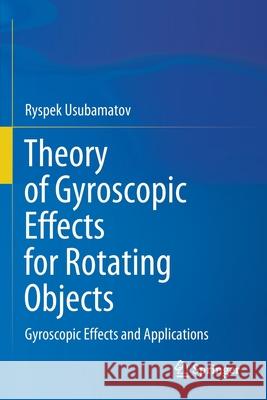Theory of Gyroscopic Effects for Rotating Objects: Gyroscopic Effects and Applications » książka
topmenu
Theory of Gyroscopic Effects for Rotating Objects: Gyroscopic Effects and Applications
ISBN-13: 9789811564772 / Angielski / Miękka / 2021 / 284 str.
Kategorie BISAC:
Wydawca:
Springer
Język:
Angielski
ISBN-13:
9789811564772
Rok wydania:
2021
Ilość stron:
284
Waga:
0.40 kg
Wymiary:
23.39 x 15.6 x 1.52
Oprawa:
Miękka
Wolumenów:
01
Dodatkowe informacje:
Wydanie ilustrowane











